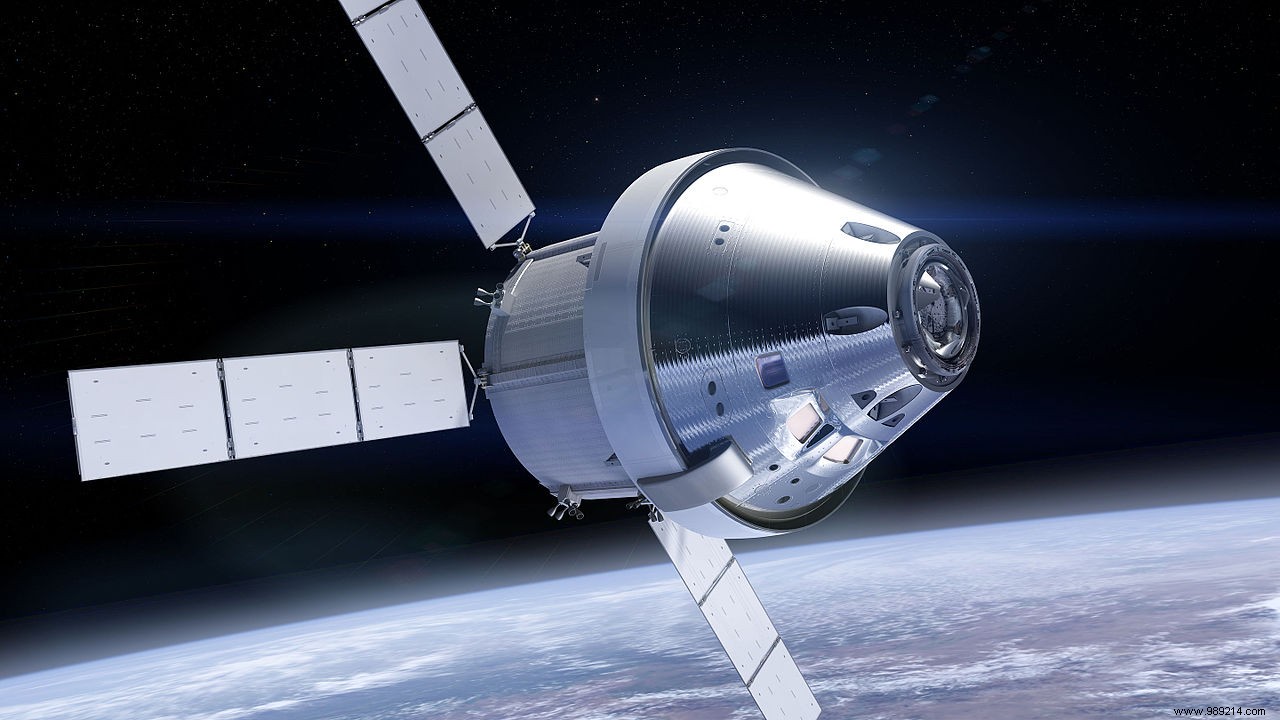After they should have been running for at least eight minutes, the engines of NASA's Space Launch System (SLS), the rocket deployed for future manned missions towards the Moon, cut off after only one minute. This is a new blow for the American agency, which still plans to launch the first mission of its Artemis program in November. But will she be able to do it?
The Space Launch System (SLS) is a 98-meter-high super-heavy launch vehicle developed by NASA for a decade to take new astronauts to the Moon. Its first flight is normally scheduled for next November. During this highly anticipated mission – dubbed Artemis I – the rocket will be tasked with releasing an unmanned Orion capsule into space. It will then circle our satellite before returning to Earth.
In the meantime, this past Saturday, January 16, NASA conducted a hot-firing test of the SLS's central stage – its super-heavy launch vehicle responsible for sending crews to the Moon. During this test, the booster's four main engines - RS-25s - were expected to burn for about eight minutes, the same amount of time it will take to propel the rocket into space after launch. For a brief moment, thunder rumbled over the Mississippi Lowlands. In the end, not everything went as planned.
About fifty seconds into the test, the flight control center reported an "MCF on engine 4". In other words, the operators reported a major component failure with the vehicle's fourth engine. The test finally ended after approximately 67 seconds.
During a press conference held a few hours after this test, outgoing NASA administrator Jim Bridenstine and SLS program manager John Honeycutt sought to give a positive turn to this day. “After all, that’s what testing is for “, they explained, still expressing their confidence in this launcher to propel the Orion capsule around the Moon.

And yet, difficult to say that Saturday's test, prepared for months, is nothing but a bitter disappointment. Now engineers from NASA, Boeing (the rocket's prime contractor) and engine maker, Aerojet Rocketdyne, will study the test data to determine what went wrong. If there is a serious problem with the engine 4, it could be replaced. NASA has several spare RS-25s in its Mississippi facilities.
Still, for now, we don't know how long it will take or what problems will have to be solved. A key question is also whether another hot-firing test will be required. It is still hard to imagine NASA, of a very cautious nature, not testing these engines again before the highly anticipated Artemis I mission. If this is the case, on the other hand, such a test would probably require weeks, even months of configuration. .
You will understand, the failure of Saturday finally casts serious doubt on the possibility of being able to launch Artemis I before the end of this year.